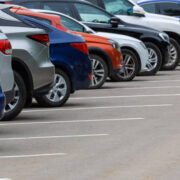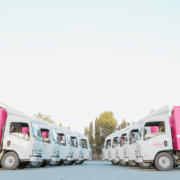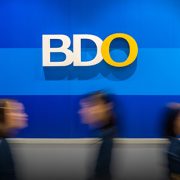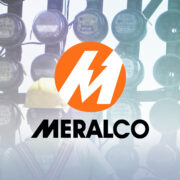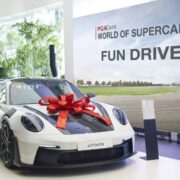The ‘pick-me-up’ pickup for all seasons, humanitarian reasons
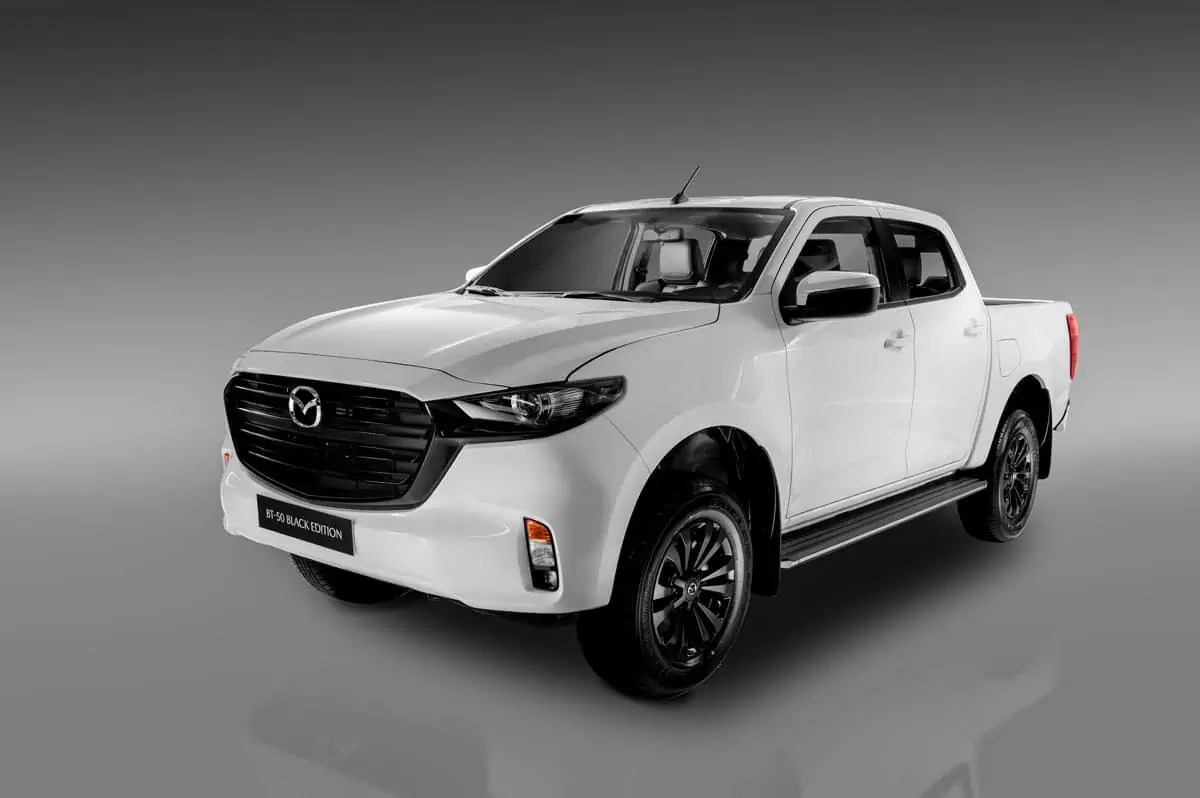
Pickup trucks have always been among the vehicles of choice in flood- and disaster-prone countries like the Philippines, not only for their high clearances but also because of their versatility to carry any kind of cargo and the durability and toughness in order to reach remote places.
The Mazda BT-50 pick-up, in particular, has been the Katala Foundation Inc’s tireless transport in the never-ending mission to protect critically endangered creatures in Palawan province.
I myself have a personal affinity for pickups. One of the first vehicles that I regularly drove to work was a pickup from a Japanese brand. Not only was that pickup sturdy and reliable, it was truly functional. The pickup bed was handy for transporting injured stray animals to the veterinary clinic, while the cabin was spacious enough to bring along my family or my close friends (not necessarily to the same destination).
I was so sad when that pickup was eventually sold. I have used other types of vehicles since then—sedans, vans, MPVs, AUVs, SUVs—you name it, I drove it. But the pickup still holds that special place in my heart.
One pickup has intersected my path more than once, the Mazda BT-50. Now that pickup, which I was able to drive a couple of times over the years, was on a different level. The reason is more than just its stylish looks and well-engineered craftsmanship. It’s really more for the purpose it was used. Every time I got behind the wheel of the BT-50, someone’s life—be it human or animal—was headed for the better.
Before I go more into that, here are some interesting details about the BT-50. Even from a distance, the BT-50 is recognizable, as it’s endowed with the signature Mazda grille highlighted by a sleek LED headlight layout. It’s stylish and bold but doesn’t scream for attention. There’s a subtle elegance to this truck that makes the smooth, flowing lines define muscular arches, conveying strength and power that can be delivered in an instant.
And though there are strong hints of ruggedness to its form, the refinements inside and out provide comfort and the look and feel of a premium riding experience. The noise, vibration, and harshness (NVH) has been reduced to such low levels that you couldn’t guess you were in a diesel-powered truck unless you peered at the spec sheet. The use of foam fillers in strategic locations around the cabin, along with sound-insulating carpets and tighter door and window seals, contribute to a newfound hushed interior.
The only thing that would make the BT-50 more aligned to the advocacies its maker associates it to would be if it used faux leather (premium materials not sourced from animal skin) for its seats, wrappings and trims.
The BT-50 also uses an infrared reflecting windshield glass to reduce heat entering the cabin. According to the designers, along with lessening discomfort to the passengers, it also improves the effectiveness of the air conditioning system during hot days.
So, recently, I found myself again behind the wheel of the BT-50 and on my way to the University of the Philippines in Los Baños (UPLB) in Laguna province. There, I spent the entire afternoon of my birthday talking to UPLB Vice Chancellor for Community Affairs Robby Cereno, who spearheads the university’s Tipaklong Mobility Sharing program.
Thanks to the 3.0-liter in-line turbo charged intercooler Euro 4 diesel mill under the hood, the drive to the mountainside school via the scenic route was peanuts. My fuel efficiency for combined highway and city run was a remarkable 17 km/liter.
An electronically controlled variable-geometry system turbocharger ensures power is available when you need it the most. With 190PS on hand and a maximum 450Nm of torque available at an rpm as low as 1,600, it’s easy to crawl or cruise.
Mazda’s so-called Kodo: Soul of Motion design elements (that make its vehicles seem like powerful animals ready to pounce) and the Jinba Ittai design philosophy (the sense of oneness between car and driver) work seamlessly in the BT-50 to provide its occupants a harmonious and intuitive connection between man and machine, that high-quality living space that celebrates comfort, convenience and ease of use without sacrificing toughness, durability or style.
For the Pangolin’s cause
The Mazda BT-50 was also the central figure when, a couple of months ago, I was in Palawan province along with other members of local motoring media. We witnessed Mazda Philippines donating a brand-new BT-50 Pangolin Edition II to Katala Foundation Inc, or KFI.
KFI is a non-government conservation group that documents and protects the provinces’ critically endangered endemic wildlife species, such as the Philippine Cockatoo, the Palawan Forest Turtle, the Calamian Deer, the Balabac Mouse-deer, and the Palawan Pangolin.
This was the second BT-50 the foundation received from Mazda Philippines. The first one, the Pangolin Edition I, was handed over in December 2020 for use in its field operations.
The Mazda BT-50 Pangolin Edition II is a stable and sturdy 3.0L AT 4×4 that comes in handy for navigating deep into forests, going up and down mountains, and crossing rivers.
Education for Tinglayan kids
Throwback 10 years ago, when the Inquirer outdoor and outreach group, of which I was a member, drove to Tinglayan in Kalinga Province, around 450 km north of Manila. We used a BT-50 and two other pickups to transport used computers, educational materials, and vegan advocacy literature to students of Luplupa Elementary School.
The drive was challenging due to some unpaved or offroad stretches, treacherous switchbacks, hairpin curves, and razorback trails with thousand-foot drop-offs on either side. The sure-footedness of the BT-50 and its 4×4 features made short work of those.
In UPLB, the BT-50 was my ride of choice to visit the school and see for myself how its Tipaklong Mobility Sharing Project works. The project was recently launched during the celebration of the Philippine Environment Month in June.
The pioneering project features a state-of-the-art system of shared e-bikes and e-scooters, accessible to students, faculty and staff, and campus visitors through a mobile application.
Run in partnership with Tipaklong Sustainable Mobility Corp, a startup business owned by UPLB graduates, the project offers an environmentally sustainable, efficient, and accessible transportation option, contributing significantly to UPLB’s goal of future-proofing its university operations.
Cereno and his team are applying the technology and the system in one of the country’s most geographically expansive campuses. And since Robby and I share the same advocacy of freedom of mobility for all via sustainable, environment-friendly, and affordable means of personal and mass transport, the two of us felt that instant connection.
Mazda’s Jinba Ittai isn’t exclusive to machines, after all.

